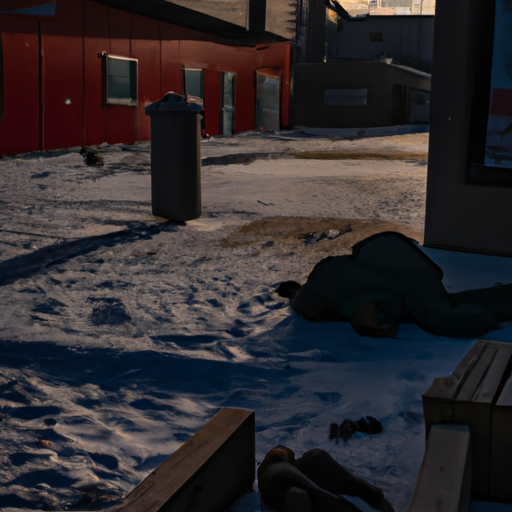The Deepening Opioid Crisis in Canada and Efforts to Contain it
Canada’s opioid crisis, already a significant issue, has been further intensified and complicated by the advent of the COVID-19 pandemic. This crisis has resulted in an increasing number of homelessness and crime, stretching thin Canada’s social fabric and resources. The CBC article delves into the depth of the current situation including a look at the Canadian opioid abatement class action. We will explore the key points raised and the interventions towards combating this crisis.
The Growing Opioid Crisis
The opioid crisis in Canada was declared a public health emergency in 2016. Since then, the situation has only worsened, fuelled by the stress, isolation, and disruption caused by the COVID-19 pandemic. This crisis has been marked by an increase in opioid overdose deaths, with a 79% rise in May 2020 compared to the same period in the previous year. Beyond this, a noticeable increase in homelessness and crime rates has been correlated to the escalating opioid crisis.
Impacts on Homelessness and Crime
One of the disturbing consequences of the opioid crisis is an increase in homelessness. This is often due to the financial strain individuals face trying to sustain their addiction, leading to loss of jobs and homes. The rise in homelessness subsequently leads to an increase in petty crimes as individuals struggle to meet their basic needs.
This cycle of addiction, homelessness, and crime is destructive not only to the individuals ensnared, but also to the broader community. It intensifies social issues and puts a significant strain on public resources, particularly those designated for social assistance and law enforcement.
Efforts to Combat the Crisis
Realizing the growing severity of the opioid crisis, various initiatives have been put into place in an attempt to mitigate its effects. The Canadian government, health organizations, civil society groups, and legal entities are all contributing to these efforts.
The Naloxone Program
One key intervention is the widespread distribution of naloxone kits. Naloxone is a medication designed to rapidly reverse opioid overdose. This program is aimed at reducing deaths resulting from opioid overdoses. The medication can be administered by anyone present at the scene, buying crucial time before professional medical help arrives.
Canadian Opioid Abatement Class Action
On the legal front, a Canadian opioid abatement class action has been launched against major pharmaceutical companies. The objective is to hold these companies accountable for their role in the opioid crisis, particularly their aggressive and often misleading marketing strategies promoting the use of opioids. The lawsuit seeks compensations that would be used towards tackling the crisis.
Key Points to Note
- Canada’s opioid crisis is deepening, exacerbated by the COVID-19 pandemic.
- The crisis has resulted in an increase in opioid overdose deaths, homelessness and crime rates.
- Efforts to combat the crisis include the distribution of naloxone kits and a Canadian opioid abatement class action against pharmaceutical companies.
Conclusion
The unfolding opioid crisis in Canada is a multifaceted issue that demands urgent and comprehensive attention. While the distribution of naloxone kits and legal action against pharmaceutical companies are commendable first steps, further interventions on the societal, health, and legal fronts are necessary. It is crucial to keep the conversation on this opioid crisis alive, not only to find immediate solutions, but also to prevent future recurrence of such a devastating public health catastrophe. This crisis is not just about opioids, it’s about homelessness, crime, community safety, corporate responsibility and the well-being of our Canadian society.
